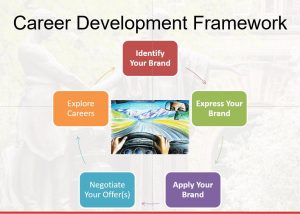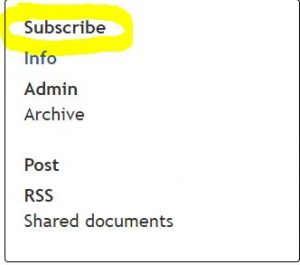Finally! I figured out how to edit this video. Here is a demo of (1) how you should update your Career Interests section within LinkedIn and (2) what recruiters see when using LinkedIn’s Talent Solutions software. Sarah demos how to align what you enter into your Career Interests with how recruiters are coached to use Talent Solutions.
5 strategies to optimize your LinkedIn profile for maximum exposure to recruiters:
- Include your target location(s) and job title(s) in your Career Interest section. Within your public profile, include the main location that you are looking to move to. If you currently reside in Chicago, but want to move to Austin, TX, list Austin, TX as your location in your public profile.
- Have a profile summary that speaks to the types of roles you are aiming for. Include keywords relevant to those roles within your profile summary.
- Include selected keywords within your profile headline that are relevant to your target positions. Your headline is the primary description that recruiters see when they pull a list of candidates. A headline, like “Seeking Full-Time Opportunities”, tells the recruiter nothing about your skills and experience.
- Ensure that your profile photo is close cropped to frame your head and shoulders only, eyes looking towards the camera.
- Follow your target companies within LinkedIn and connect with people within your target industry or function.
Here is an infographic summarizing 10 steps you can take to improve your LinkedIn profile.
I received a few inquiries after our webcast on LinkedIn with Hannah Morgan about reaching out to alumni. Towards the end of this post, I’ve provided links to various Illinois alumni LinkedIn groups. If you are a member of these groups, you can message fellow members without using InMails. HOWEVER, before your reach out to an alum or any contact for that matter, consider your purpose. Why are you contacting these individuals?
Below are 3 videos that go over Steve Dalton’s 2-Hour Job Search strategy for finding jobs. Parts 2 and 3 go over ways to make and reach out connections. I recommend watching all 3 videos.
Part 1: Prioritizing Target Employers
Part 2: Making Connections by Picking Starter Contacts
Part 3: Reaching Out and Tracking
Once you establish contact with a professional, you will then need to conduct an informational interview. Here is a sample approach to informational interviews:
- 20-Minute Informational Meeting: Overview
- 20-Minute Informational Meeting: 5 Steps
- Mock Informational Interview
Remember that your first informational meeting is not your time to ask for a referral. If the connection progresses after your meeting and your contact becomes an advocate, you can ask for a referral. Until then, they are a resource to help you prepare for future roles.
Illinois alumni LinkedIn groups:
- The University of Illinois at Urbana-Champaign
- Illinois Alumni
- Illinois College of Business
- Illinois MBA
- Illini Alums
- UIUC Networking
If you have questions, please feel free to reach out.
Jerome Ng
Gallup-Certified Strengths Coach
Gies College of Business
jeromeng@illinois.edu




